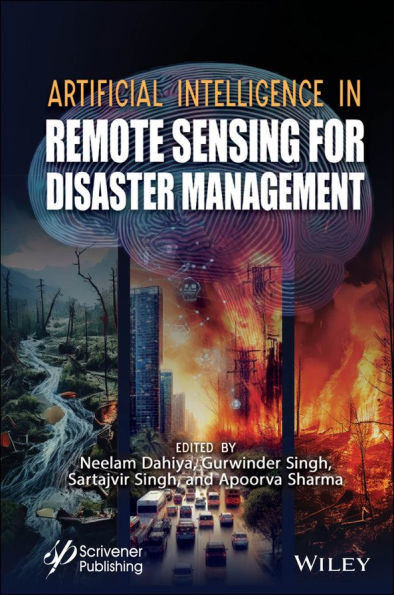Artificial Intelligence in Remote Sensing for Disaster Management examines the involvement of advanced tools and technologies such as Artificial Intelligence in disaster management with remote sensing. Remote sensing offers cost-effective, quick assessments and responses to natural disasters. In the past few years, many advances have been made in the monitoring and mapping of natural disasters with the integration of AI in remote sensing. This volume focuses on AI-driven observations of various natural disasters including landslides, snow avalanches, flash floods, glacial lake outburst floods, and earthquakes. There is currently a need for sustainable development, near real-time monitoring, forecasting, prediction, and management of natural resources, flash floods, sea-ice melt, cyclones, forestry, and climate changes. This book will provide essential guidance regarding AI-driven algorithms specifically developed for disaster management to meet the requirements of emerging applications.
Artificial Intelligence in Remote Sensing for Disaster Management examines the involvement of advanced tools and technologies such as Artificial Intelligence in disaster management with remote sensing. Remote sensing offers cost-effective, quick assessments and responses to natural disasters. In the past few years, many advances have been made in the monitoring and mapping of natural disasters with the integration of AI in remote sensing. This volume focuses on AI-driven observations of various natural disasters including landslides, snow avalanches, flash floods, glacial lake outburst floods, and earthquakes. There is currently a need for sustainable development, near real-time monitoring, forecasting, prediction, and management of natural resources, flash floods, sea-ice melt, cyclones, forestry, and climate changes. This book will provide essential guidance regarding AI-driven algorithms specifically developed for disaster management to meet the requirements of emerging applications.

Artificial Intelligence in Remote Sensing for Disaster Management
384
Artificial Intelligence in Remote Sensing for Disaster Management
384
